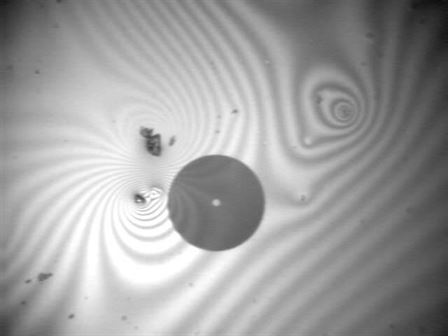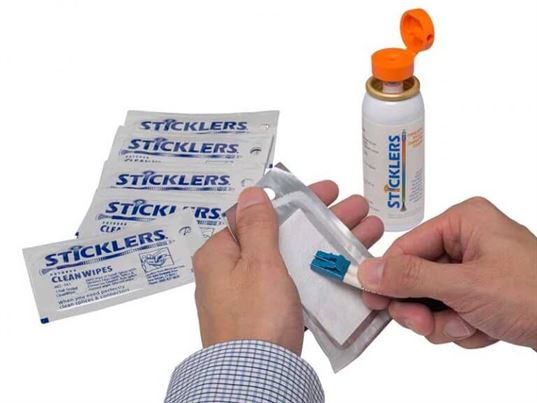What's Wrong with IPA Alcohol for Cleaning Fiber?
We apologize in advance for this long answer, but this is a key mis-understanding that deserves serious consideration.
In the world of fiber optics, there only are two truly critical cleaning operations. The first is “prepping” before fusion splicing. The other is “end-face cleaning.” Both are essential to deployment of reliable, high-capacity networks. But as new and advanced as modern fiber networks might be, most technicians still are cleaning them with the same fluid they used in the 1960s: isopropyl alcohol, also called IPA.
Isopropyl alcohol has many names. On safety data sheets it may be called isopropanol, rubbing alcohol, propan-2-ol, 2-propanol, dimethyl carbinol or just IPA. It is an organic compound with the chemical formula C3H7OH. No matter what the name, on the safety data sheet it will carry the official “CAS number” of #67-63-0.
IPA is a colorless, flammable liquid with a strong odor. It has a wide variety of medical, industrial and household uses but it has many flaws, as well. IPA remains a popular cleaning choice mostly due to ‘tradition’ more than ‘effectiveness.’ But there is another reason: IPA is inexpensive and often purchased from a drug store.
Why not use IPA? First of all, IPA is not a very effective cleaner. IPA is not effective on mineral oils and most hand lotions. IPA simply does not have the cleaning “muscle” to remove oils and greases very well.
Drying-speed is another issue with IPA. Slow-drying IPA can be trapped inside a fiber optic connector. This once-pure liquid may leach out inconveniently and contaminate an end-face.
IPA has another unexpected characteristic: it is hygroscopic. This means it attracts water to itself. Studies reveal that a bottle of IPA in an open container will lose 7% of its strength in as little as 15 minutes. IPA continues to absorb moisture until it reaches equilibrium at about 65%. This is why the “rubbing alcohol” purchased at a local store is about 30% water.
Water doesn’t just dilute IPA’s already feeble cleaning power. It also will add residues carried in the air. Those contaminants from the air — and others from those cheap plastic bottles — will be left behind when the IPA dries. This is the source of the “haze” that IPA leaves after cleaning which may increase insertion loss. It also may affect the transmission of one wave length verses another wave length, which can be very troubling in DWDM systems.
Packaging is critical to a cleaning fluid’s performance. No matter how pure the IPA may be when purchased, it will become contaminated when it is poured into a pump bottle, dispenser or an uncovered container. Guaranteed. Each time a drop of IPA is squeezed out of a traditional pump-bottle, air enters. This is reality… not just sometime, not just maybe… but each time it is dispensed. For optimal results, the fluid should be hermetically sealed.
So here’s the headline: to get the most from your investment in advanced fiber equipment, companies must update their cleaning processes and stop using IPA.
Special Note: The existing standard for end-face cleaning is confusing. IEC 61300-3-35 clearly states that IPA is no longer acceptable for end-face cleaning. But IPA commonly is packaged and promoted for fusion splice prep. Do not use this chemical for fiber cleaning applications!

This photomicrograph shows the diffraction pattern of a thin liquid contamination on the end-face, most likely alcohol

Sticklers CleanWipe Singles can be used in harsh environments with the Cleaning Fluid to get perfectly clean connectors under the most challenging circumstances.
